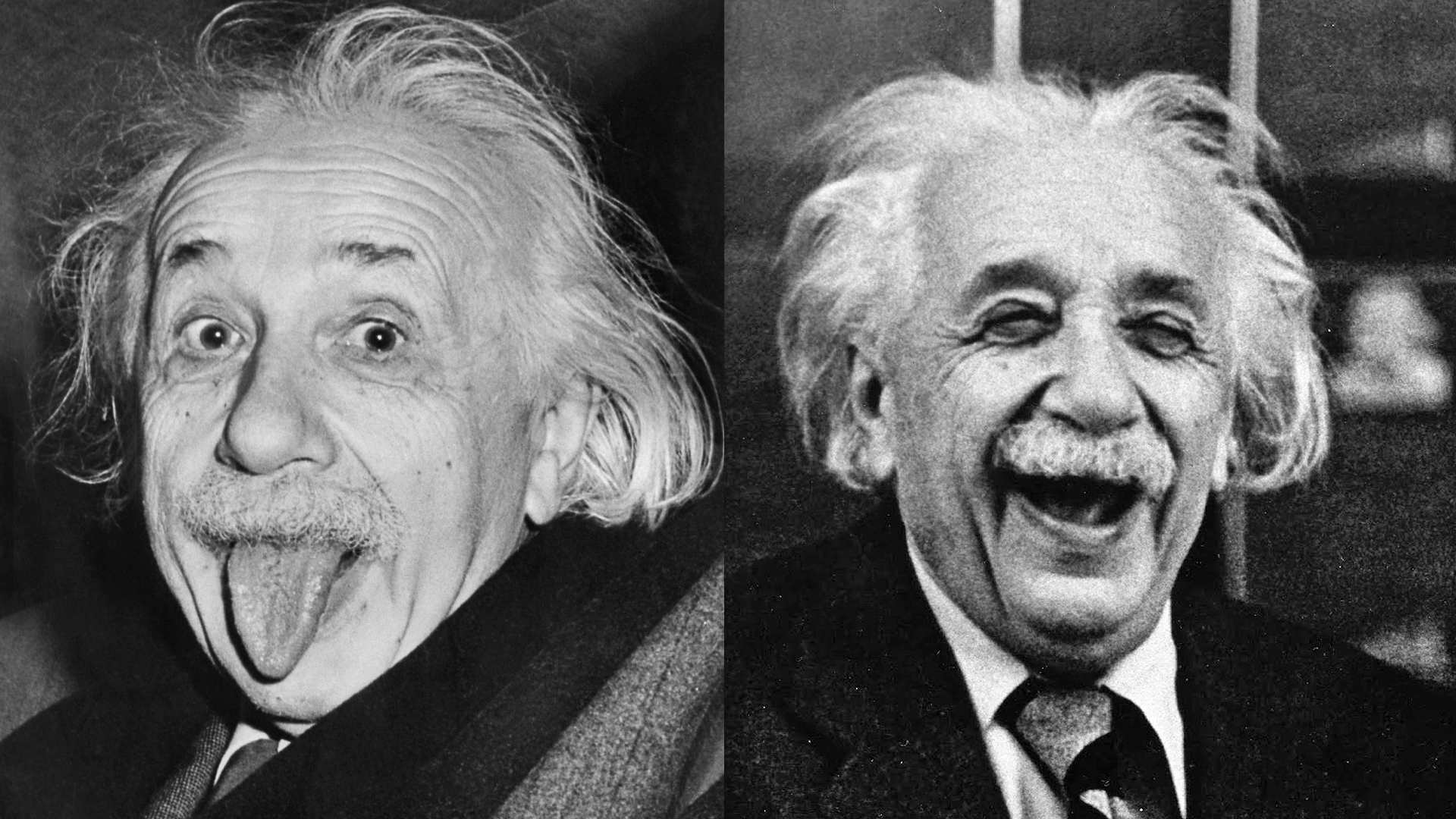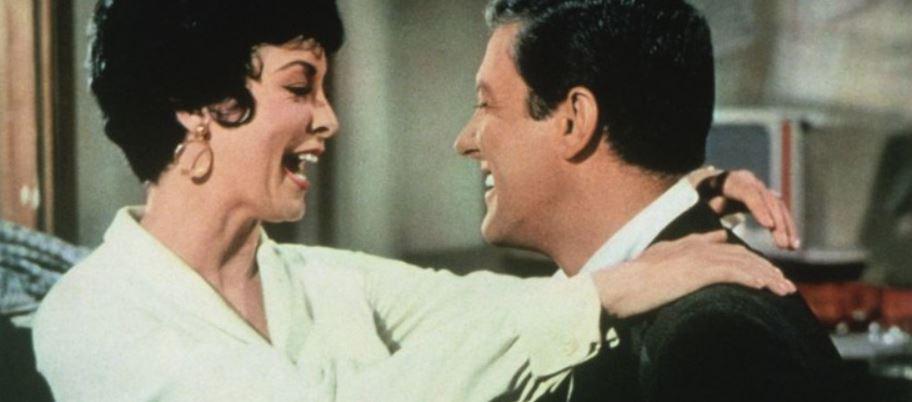The Chameleon Outcast: When Social Mimicry Goes Awry

Two people are talking to each other. One nods his head to emphasize a point. The other follows suit, just a moment later. One crosses his foot over his knee. Soon, the other is doing the same. One shifts to the right. The other, across from him, shifts to the left, mirroring the movement. A few minutes later, the two get up in unison, exchange a few words, and walk away in opposite directions.
The chameleon effect in regular interaction
Chances are, you have just observed a successful social interaction: one participant was mimicking—unconsciously—the physical actions of the other. And as a result, the mimickee was likely drawn to the mimicker—provided, of course, that he himself did not note the behavioral reflection. This is the famous chameleon effect, described in detail by Tanya Chartrand and John Bargh in 1998. In essence, the effect is one of nonconscious person-to-person mimicry, a tendency to match posture, facial expressions, mannerisms, and even speech patterns to those of our social environment (most often, a single conversation partner). As a result of this mimicry, interaction partners tend to like each other more and work together more effectively. They also tend to be more empathetic. Call it, if you will, a social glue of sorts.
However, for the effect to work, the nonconscious part is crucial: in a regular interaction, the behavior must be passive and unintentional. Indeed, if someone’s attention is drawn to it, the opposite effect becomes equally likely.
The phenomenon is simple; the social and interpersonal repercussions profound. But now, new studies suggest that in a larger social situation, where an outside observer watches a dyadic interaction—such as the one that opened this piece—unfold, the effect may not always be positive. If the person being mimicked is perceived in a negative light, the one doing the mimicking will pay a social cost for mirroring him. In other words, being a chameleon is good only if your colors are changing in the right direction.
When the chameleon effect goes wrong
In a series of experiments forthcoming in Psychological Science, researchers at UC-San Diego first had people watch two taped interviews each, one where the interviewee mimicked the interviewer and one where he did not. The interviews further differed in the nature of the interviewer: one group of participants saw videos where the interviewer was cordial, regardless of mimicry, and the other, where the interviewer was condescending. It is in this latter group where the potential downside of the chameleon effect came out.
Whereas in the set-up with the cordial interviewer, the expected effect was found—namely, interviewees were ranked as more competent—in the condescending interviewer scenario, those who mimicked were seen as less competent than those who didn’t – and as less competent overall than those who mimicked in the cordial scenario. But with non-mimickers, there was no difference at all. Mimicking someone who was ill-perceived by an outsider observer thus carried with it a significant social cost—even though it might have paid off, potentially, in the interaction itself.
In a follow-up study, the researchers manipulated one further item: before participants watched the videos—this time, with a cold and abrupt interviewer—one group was told that the interviewer was active in humanitarian work; the other was told nothing. That information actually served to counteract the negative effect: whereas those who were told nothing continued to view the mimicking interviewee as less competent than his non-mimicking counterpart, those who had positive information on the interviewer did not.
Knowing when to mimic
Mimicry is usually good – but sometimes, it can carry hidden costs. Not only mimicking, but knowing when and whom to mimic seems to be essential for the optimally successful social player. And that requires a greater perception of the social situation, the players involved, and the specific goals of the interaction at hand. Do you care more about your interaction partner liking you? If so, mimic away. Are the opinions of others more important? In that case, if you are in a wider social setting, evaluate who you are mimicking and why much more carefully.
A good chameleon knows when to camouflage—but also when to remain just as he is. Not every background is equally conducive to positive cover.
If you’d like to receive information on new posts and other updates, follow Maria on Twitter @mkonnikova
[Photo credit: Male Leopard Chameleon; Creative Commons, from col.hou flickr photostream]





